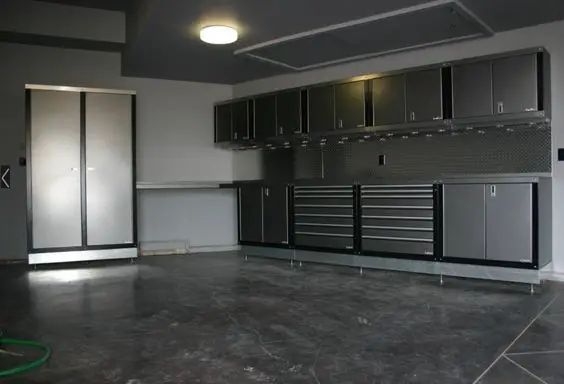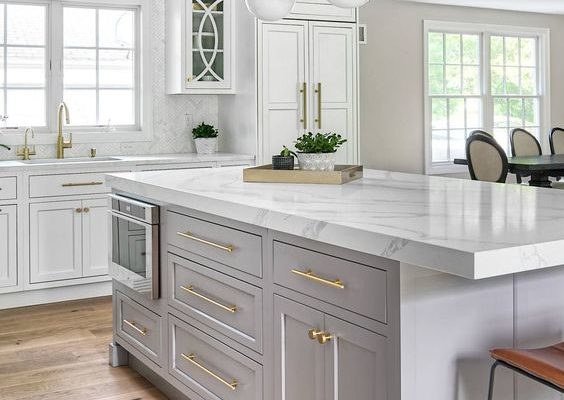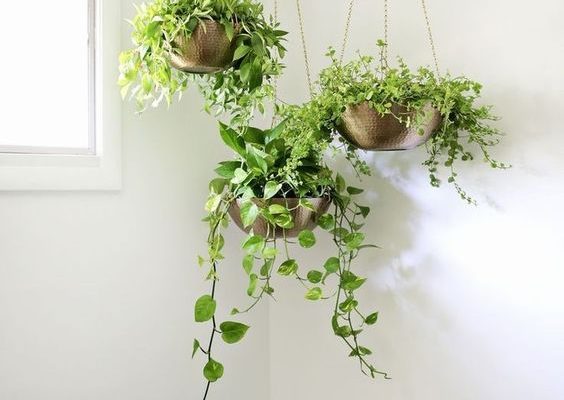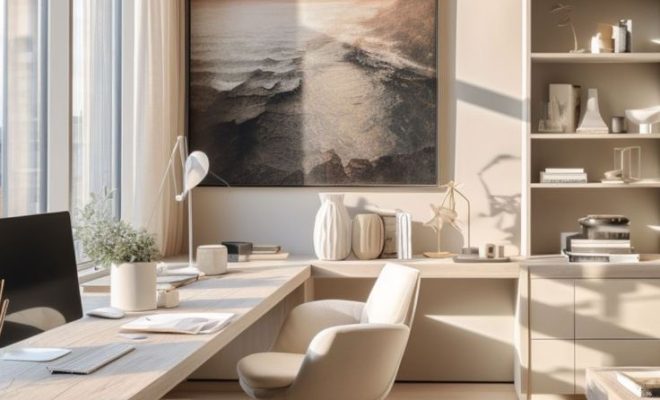The best color combinations for small spaces, according to interior designers
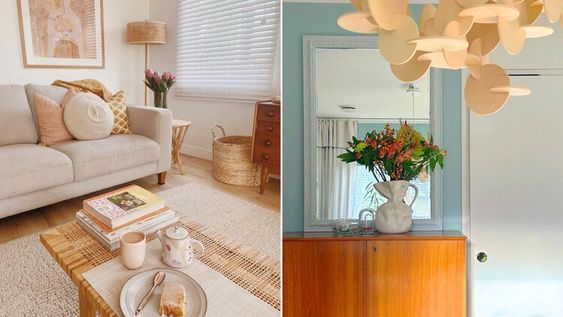
Choosing the right color combinations for small spaces can be a game-changer in interior design. Renowned interior designers agree that particular hues can not only transform the aesthetic of a room but also affect its perceived size and comfort.
Light and Neutral Tones: A classic strategy is to start with a base of light colors like whites, creams, or soft grays. These neutral backgrounds help to bounce light around the room, making it appear larger and brighter.
Monochromatic Schemes: Employing different shades of the same color can create depth while maintaining a cohesive look throughout the space. For instance, pairing a pastel blue with a deeper navy can add interest without overwhelming a small room.
Contrasting Accents: Adding bold contrast through accessories or one statement wall can elevate the space without shrinking it visually. Introduce a pop of color in cushions, art, or even an accent chair to break up neutrals and add vibrancy.
Earth Tones and Textures: Colors inspired by nature, such as soft greens, warm tans, or gentle blues, can make a room feel more expansive because they connect the indoors to the outdoors. Natural textures in these colors add depth and create an open, airy feel.
Reflective Colors: Metallics like gold, silver, or bronze can act as neutrals while also reflecting light. When used in accents or fixtures, they contribute to a sense of spaciousness by diffusing light throughout the room.
Pastels Paired with White: Combining pastels with white trim or furniture pieces is another way to expand the appearance of space. This combination keeps the area light and inviting while introducing soft color.
Cool Colors: Lastly, cool colors such as pale blues and greens typically recede from the eye, which can help walls appear farther away than they really are—ideal for making small rooms seem larger.
Ultimately, the best color combinations are those that reflect your personal taste while considering these space-enhancing principles. Keep it simple and cohesive for small spaces to achieve an elegant and open interior design.

